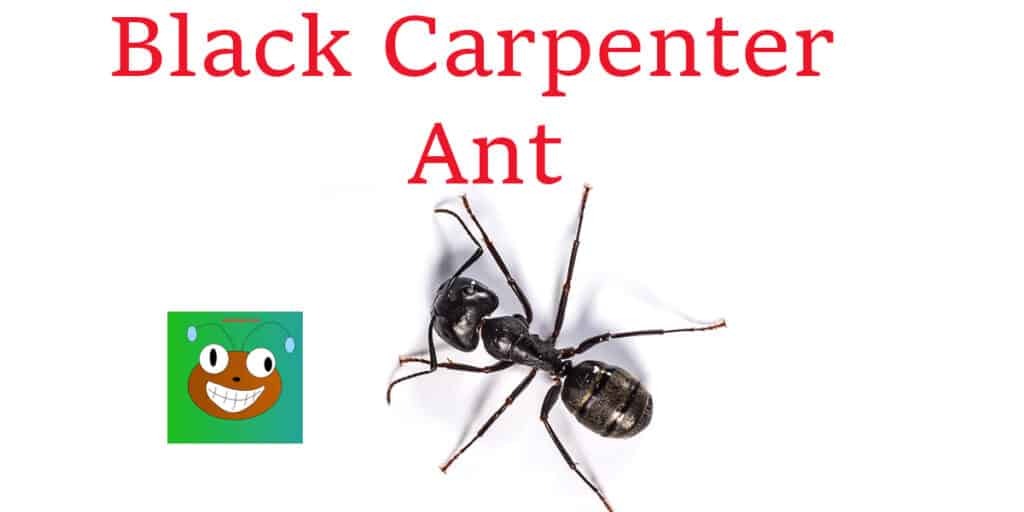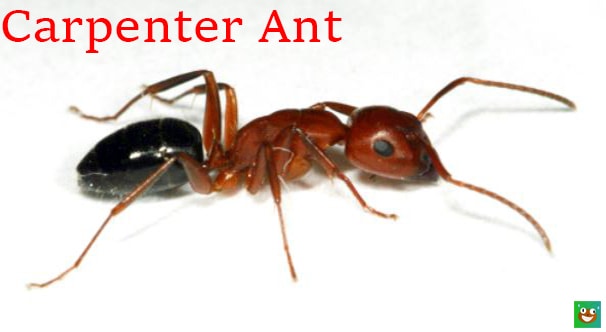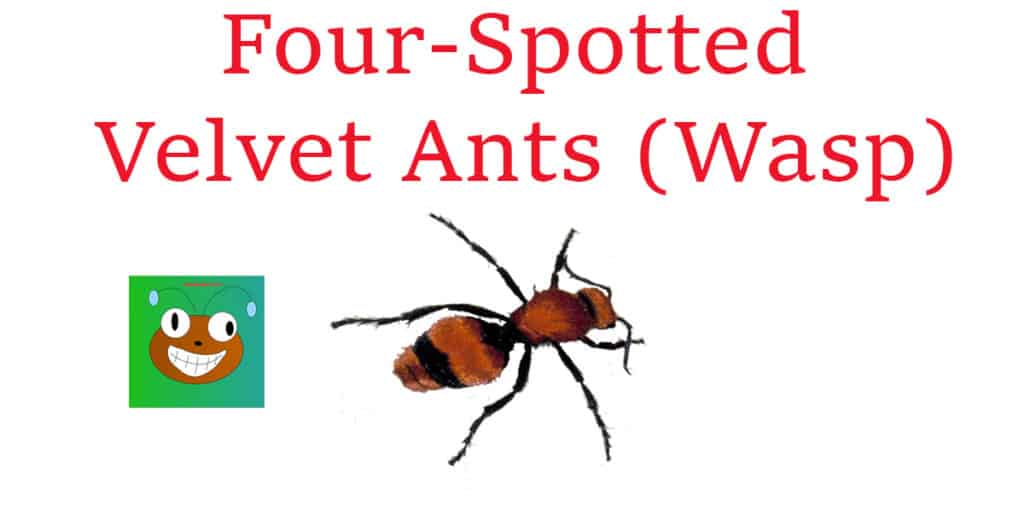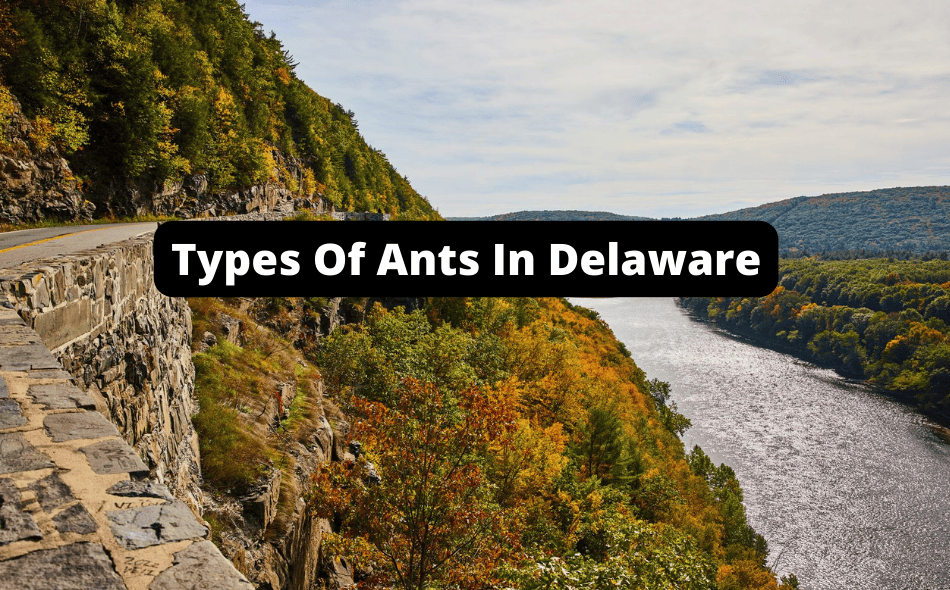Delaware, the second smallest state in the United States, is known for its rich history, beautiful beaches, and commitment to education.
While the state is not as widely known for its natural wonders as Arizona, it boasts the stunning Brandywine Valley, home to rolling hills, lush gardens, and picturesque vineyards.
Additionally, Delaware’s proximity to major cities like Philadelphia and Washington D.C. makes it a popular destination for both locals and tourists alike. And let’s not forget about the state’s famous blue crabs, which are abundant in the Chesapeake Bay and Delaware River.
So while Delaware may not have the same rugged landscapes as Arizona, it certainly has its fair share of unique attractions and natural beauty.
While all of this is nice, we can’t forget the cool ants that are in Delaware. These ants listed below would be perfect to start your ant-keeping journey, as they’re well-adjusted to Delaware’s humidity, water, and temperature!
Types Of Ants In Delaware
Delaware does have some cool ants; these include Allegheny Mound Ants, Black Carpenter Ants, Carpenter Ants, Formica Ants, Four-Spotted Velvet Ants, Red Carpenter Ants, Red Pavement Ants, Velvet Ants, and White-Footed Ants.
Allegheny Mound Ants
An American ant species that construct massive mounds are known as the Allegheny mound ant.
These ants are composed of an abdomen and head that are crimson colored, dark brown and black stomach and legs.

While these ants look very similar to carpenter ants, the dark legs and huge mounds on the ground indicate that these are not carpenter ants.
These ants reproduce pretty quickly due to them being polygynous.
The eggs the multiple queens lay develop into more worker ants or queens.
The sizes of the workers range from 3.1 – 6.5 mm, while the queen is much bigger, measuring up to 12.7 mm.
Allegheny mound ants build their nests throughout pastures, forested regions, and meadows.
They also set up nests on lawns or parks in urban and rural settings.
The workers graze on terraces and balconies but usually do not enter residences.
Allegheny Mound Ants are carbohydrate lovers, consuming sugary fluids, honeydew made by aphids, sap from trees, and sometimes other insects.
The workers will protect aphids who make them honeydew, just like carpenter ants.
These ants can be disastrous for businesses like farms and greenhouses.
These insects will kill nearby trees, vegetation, and structures shading the mound to keep the mound in the sun.
To do this, they bite many holes into the bark and continuously spray their formic acid into the hole.
Eventually, this kills and knocks over whatever was shading the mound.
These ants are very aggressive.
Since their bite comes with formic acid, these ants will hurt if bitten.
Eastern Black Carpenter Ant
Black carpenter ants are known to leave pheromones (scent gland) traces as they seek food at considerable distances of upwards of 100 yards (91 meters) from their nest.
They must hunt this far away from their homes because so many ants can live in a single nest.
The worker’s loud crackling noise makes it possible to identify these huge nests even in the dark.
Although the black carpenters cannot cause extreme harm, the big workers may deliver a hurtful bite.

When biting, the black carpenter ant is known to spray formic acid, making the bite hurt just a bit more.
Aphids are cared for by worker carpenter ants, who raise them. In return, the aphids spit out honeydew that the black carpenter ant enjoys and brings back to the nest.
This isn’t all they eat; foragers consume plant liquids, bugs, and insects.
Black Carpenter ants build their nests in tree stumps and other types of wood. While this does promote decomposition, which is advantageous for the environment, the overall structural damage that black carpenter ants cause is extensive.
These ants are known to build nests in homes and abandoned barns, creating havoc for homeowners.
Carpenter Ant
Carpenter ants got their name because they dig wood to make their nests, creating neat tunnels within the wood.
These ants will only chew and burrow through the wood to build nests; Interestingly, they do not consume wood.
Carpenter ants’ length ranges from 12 to 25 mm, depending on the species.


Carpenter ants that are black are frequent pests, but these insects can also be all-black, all-red, or all-brown.
When mature, the black western carpenter ants colony has ten to twenty thousand workers.
Incredibly, some big colonies have more than fifty thousand ants.
In most territories, there is only one active, wingless Queen. The colony must be older than two years before the production of swarmers takes place (potential new queens).
Instead, swarmers are produced the year before and kept in the nest during winter in preparation for the ensuing years’ dispersal.
In the east of the US, swarmers arrive from May through August, whereas in the west, they appear from February till June.
Formica Ants
The Formica Ant is a sizable Ant that claims a home in northern regions of the world.
These ants are widespread all over the northern hemisphere.
Numerous well-studied members are in this genus, but tons are almost “undiscovered.”
Most of these species lack a formal taxonomic classification and are not well defined.
Therefore, Its taxonomy is divided into a significant number of minor categories.
Without getting into the drama of ant classification, some Myremcologists will refer to this ant as the Wood Ant.
These ants are between 4 and 8 mm long.
Most Formica Ants reside in wilderness settings with lots of trees and land.
This allows them to build mounds or hide in trees, as their common name suggests (Wood Ant).
These ants value sunshine and need it to thrive.
While many ants avoid humans, these ants seem to prefer them.
These ants do not survive well in regular ecosystems and do better in artificial environments.
As a result, they frequently make their nests close to man-made objects like sidewalks, railings, or building bases found in the suburbs.
Four-Spotted Velvet Ants
One of my favorite… wasps?
Yes, you heard that right – this isn’t even an ant.
Due to its extreme similarity to regular ants and common misconceptions, we’ve included it here.
However, the Four-spotted Velvet Ant does not build nests, is not social, and should not be kept during ant-keeping because… it’s not an ant.
As this is genuinely a wasp, its deceptive name might confuse you.
Females typically wander over pavement, terraces, sidewalks, or streets.
In contrast, males possess wings and can fly and look like regular wasps.

Efforts to catch the female may set off her severe protective reaction, which is reported to be excruciatingly painful.
While they have a powerful sting, they aren’t very aggressive and only sting in defense.
The velvet part of their name comes from the tiny hairs all over their body that mimics a velvet cloth.
The four-spotted part comes from the blend of different colors on their abdomen, a base, and the spots.
The base colors include orange, red, black, and many blends.
As the belly tapers toward a tip, bands of golden hairs span it.
The four spots might be a mixture of unique colors like creamy yellow, crimson, or orange hues.
These wasps are pretty big, with average sizes of around 19mm.
Remember, there is no queen or worker size split here because it’s a wasp.
While there is a ton of variation amongst them, some might not have any spots, while others might have four spots of the same size.
Red Pavement Ants
Red pavement ants are a small species, with worker ants only reaching sizes between 2.75–3.2 mm.

Red Pavement Ant’s nests are typically found on asphalt, concrete roads, sidewalks, or parking lots.
This makes them dangerous, as numerous ants may climb up shoes and legs when you stomp on a nest, where they may bite.
Luckily, these bites do not cause any real concern.
However, even with their small size, the Red Pavement Ants’ bite can still hurt, as these ants contain formic acid.
These ants are always looking for food, and being near residential areas usually leads these ants to be in close contact with humans.
Red Pavement Ants frequently discover spilled food items and quickly call the rest of the colony.
Within a few minutes of locating dropped food, these ants will assemble lines to start bringing it back to their nest.
These ants are polygynous, meaning they will have multiple queen ants within one nest.
This means there will be a rapid production of eggs and larvae for the colony.
The Red Pavement Queen ant size will be much bigger than the worker ants, going upwards of 8mm.
This species will have winged males and females.
It’s common to get these ants mistaken for termites due to their small size and similar bodies.
However, while still a pest, these ants cause substantially less damage than termites.
Eventually, once colonies have reached capacity, some queens will deviate to create their nests.
This leads to an even faster expansion of the species.
